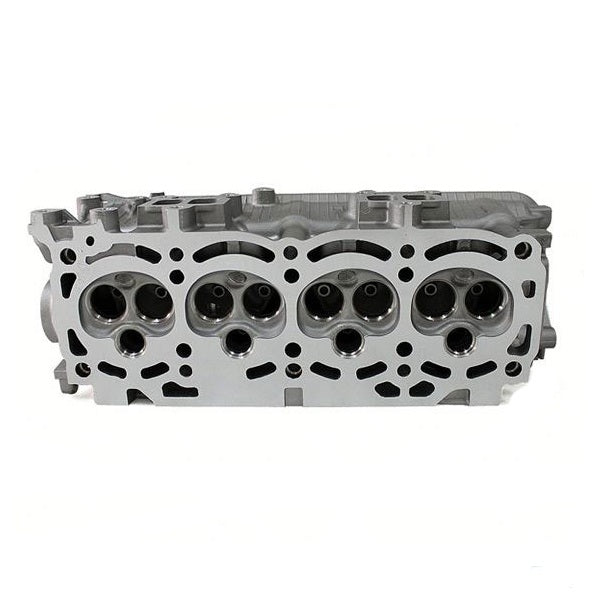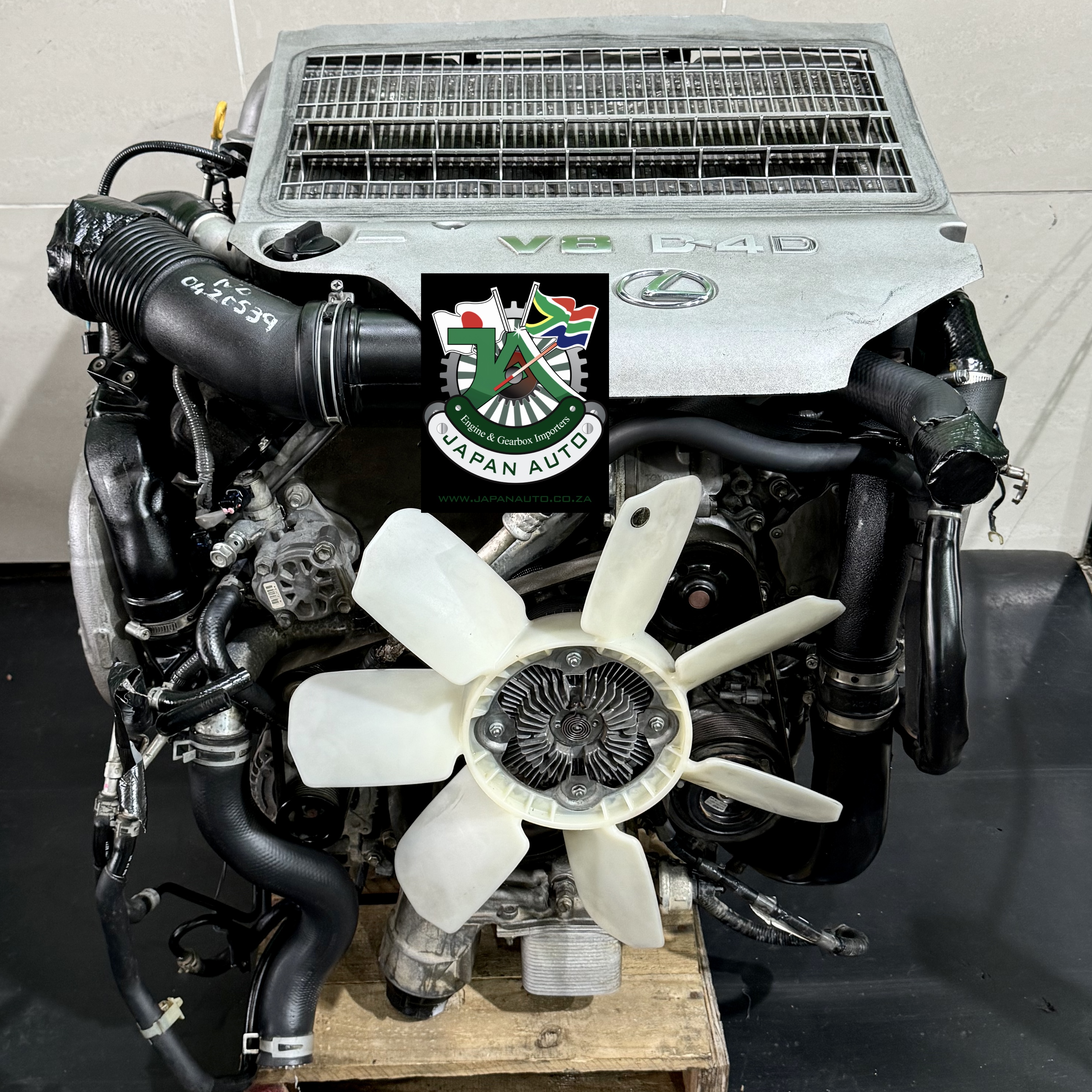Toyota Tazz: Why It Continues to Be a Trusted Vehicle for Daily Commuting
Toyota Tazz: Why It Continues to Be a Trusted Vehicle for Daily Commuting
Blog Article
Check Out the most recent Patterns in Engine Modern Technology With Tazz
In the swiftly progressing landscape of automotive technology, Tazz stands at the forefront, highlighting substantial advancements in engine systems that prioritize both development and sustainability. tazz. From crossbreed engines that maximize fuel performance to the emergence of hydrogen gas cells, the fads forming modern-day powertrains are not only enhancing performance however additionally addressing vital ecological difficulties. As the sector continues to push limits, it is vital to take into consideration exactly how these advancements will influence future transportation services and the more comprehensive implications for global power consumption. What lies ahead in this critical change?
Crossbreed Engine Innovations
Hybrid engine innovations stand for a critical change in vehicle technology, integrating the benefits of interior combustion engines with electrical propulsion systems. This integration not just enhances gas efficiency however likewise reduces exhausts, meeting significantly strict ecological policies. By making use of both energy resources, hybrid engines can enhance performance, providing power when required while saving fuel during less requiring driving problems.
Current developments in crossbreed technology include renovations in battery efficiency and regenerative stopping systems. These innovations permit better energy recuperation during deceleration, which can be rerouted to assist in acceleration or power accessory systems. Furthermore, makers are concentrating on lightweight products and compact designs to maximize the effectiveness of crossbreed powertrains.
The growth of plug-in crossbreeds has also expanded the market, allowing motorists to bill their lorries making use of conventional electric outlets. This attribute usually permits significant all-electric range, further decreasing dependence on conventional fuels. tazz. As the vehicle market proceeds to progress, hybrid engine innovations are anticipated to play a critical duty in linking the space between standard lorries and totally electrical designs, offering a transitional service that satisfies varied consumer needs and preferences
Advancements in Electric Powertrains
The automobile landscape is rapidly evolving, with electrical powertrains arising as a leading force in sustainable transport. Breakthroughs in electrical automobile (EV) innovation are considerably enhancing effectiveness, user, and efficiency experience. Key developments include enhancements in battery chemistry, which have raised energy thickness, minimized charging times, and expanded overall battery life.
Solid-state batteries, for instance, promise to reinvent the marketplace by giving greater safety and performance contrasted to standard lithium-ion cells. Developments in regenerative stopping systems are allowing lorries to recover power during deceleration, contributing to total performance.
Along with battery modern technology, electric motor styles are coming to be more innovative. Advancements such as incorporated electric motors and advanced thermal administration systems are aiding to maximize power delivery and decrease weight, inevitably enhancing car characteristics.

Collectively, these advancements underscore the commitment to transition in the direction of cleaner, extra reliable transport options, positioning electric powertrains at the leading edge of auto innovation.
The Rise of Hydrogen Gas Cells
Significantly, hydrogen fuel cells are acquiring traction as a sensible choice to standard interior combustion engines and battery electric lorries. This modern technology takes advantage of the chemical energy stored in hydrogen, transforming it into electrical power via an electrochemical response with oxygen. The primary byproduct of this process is water, making hydrogen gas cells an ecologically friendly alternative with no emissions at the tailpipe.

Automakers are increasingly buying hydrogen fuel cell modern technology, identifying its potential for long-range applications and rapid refueling abilities that measure up to standard fuels. Additionally, industries such as durable transportation and public transportation are particularly well-suited for hydrogen fuel cells, where battery electric options might drop short as a result of weight and array constraints.
As research and investment continue to expand, hydrogen fuel cells are positioned to play a significant role in the future landscape look these up of clean transportation and energy services.
Enhancements in Internal Burning Engines
Developments in internal combustion engine (ICE) modern technology are changing conventional vehicles to fulfill contemporary environmental criteria and performance expectations. Straight fuel injection, for circumstances, allows for far better atomization of gas, leading to more full combustion and boosted power outcome.
Additionally, turbocharging has actually acquired prominence, enabling smaller sized engines to deliver greater performance without the weight of bigger engines - tazz. This innovation not just improves efficiency however also adds to lower gas consumption. Variable shutoff timing systems are likewise being refined, allowing engines to adjust to different driving problems for improved torque and responsiveness
In addition, using light-weight materials in engine building and construction is becoming typical, additional boosting gas effectiveness by decreasing total vehicle weight. Engine control systems (ECUs) are significantly advanced, making it possible for real-time adjustments that enhance efficiency and emissions.
These enhancements jointly signify an essential change in ICE technology, lining up with international sustainability objectives while still providing the performance motorists get out of their vehicles. As the market progresses, these renovations remain to form the future of traditional vehicle design.
Future Trends in Engine Efficiency
Considerable improvements in engine performance are prepared for as manufacturers concentrate on integrating advanced innovations to fulfill rigorous environmental regulations and consumer demands. The shift towards electrification, hybrid systems, and alternative fuels is reshaping the automotive landscape, driving innovations that enhance fuel economy and minimize discharges.
Among the crucial patterns is the application of sophisticated materials and manufacturing techniques. High-strength alloys and light-weight compounds add to decreased car weight, thus improving total performance. Additionally, the adoption of turbocharging and variable shutoff timing technologies enables improved power output from smaller sized engines, better enhancing gas economy.

Final Thought
Technologies in hybrid engine systems, electric powertrains, and hydrogen gas cells show a dedication to minimizing emissions while improving efficiency. Renovations in inner burning engines and a focus on lightweight materials add to total engine performance.
From crossbreed engines that optimize fuel efficiency to the development of hydrogen fuel cells, the patterns forming modern-day powertrains are not just boosting efficiency yet additionally addressing vital read this article ecological difficulties.Crossbreed engine advancements stand for an essential change in vehicle modern technology, incorporating the advantages of interior combustion engines with electric propulsion systems.Additionally, turbocharging has gained prominence, permitting smaller engines to provide higher performance without the weight of bigger engines. In addition, the over at this website fostering of turbocharging and variable shutoff timing innovations allows for improved power result from smaller sized engines, additionally improving fuel economy.
Improvements in inner combustion engines and an emphasis on light-weight materials contribute to total engine effectiveness.
Report this page